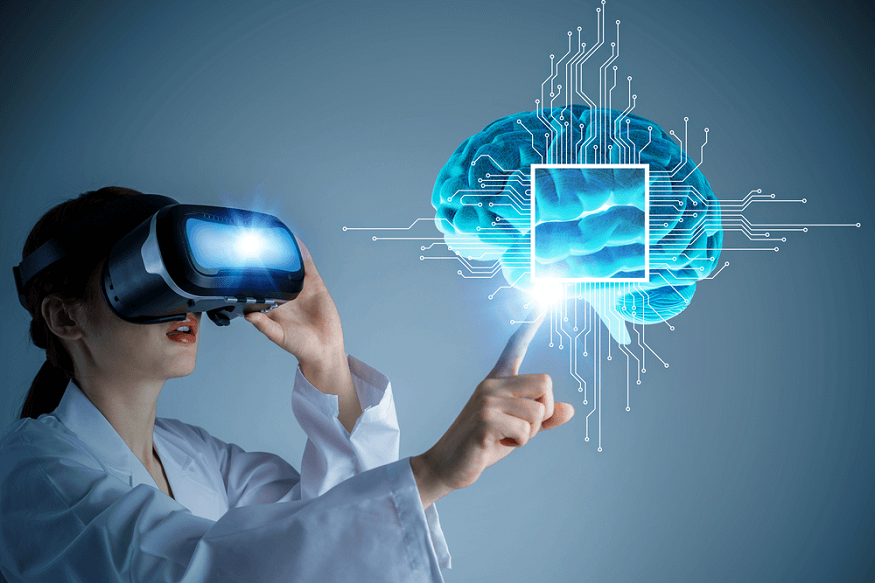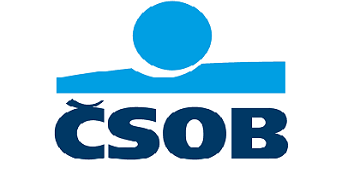
Radiology and medical diagnostic imaging play a pivotal role in modern healthcare, providing invaluable insights into the human body’s structure and function. From detecting diseases to guiding treatment decisions, these imaging techniques have revolutionized medical practice, enabling healthcare professionals to diagnose conditions accurately and efficiently. In this blog post, we will delve into the significance of radiology and medical diagnostic imaging in healthcare, exploring how these technologies have transformed patient care and improved outcomes across various medical specialties.
- Early Disease Detection
Radiology and medical imaging techniques play a crucial role in the early detection of diseases and abnormalities within the body. Imaging modalities such as X-rays, CT scans, and MRIs allow healthcare providers to visualize internal structures with remarkable clarity, enabling them to identify potential health issues before symptoms become apparent.
By generating detailed images of organs, tissues, and bones, these advanced imaging techniques provide valuable insights into the body’s inner workings. This allows for the early identification of various conditions, including cancer, cardiovascular diseases, neurological disorders, and musculoskeletal problems. Early detection is crucial as it enables healthcare providers to intervene promptly, often leading to better treatment outcomes and improved patient prognosis.
Moreover, the ability to visualize internal structures without relying on invasive procedures makes medical imaging an invaluable tool for screening and preventive care. Regular imaging examinations can help detect diseases in their earliest stages, allowing for timely interventions and reducing the risk of complications. This proactive approach to healthcare empowers patients and healthcare providers to take control of their health and make informed decisions about their care.
- Accurate Diagnosis
One of the primary benefits of radiology and medical diagnostic imaging is their ability to provide accurate and precise diagnoses. By generating detailed images of organs, tissues, and bones, imaging technologies help healthcare professionals identify conditions, assess the extent of injuries or diseases, and develop tailored treatment plans based on the findings.
- Treatment Planning
Medical imaging plays a crucial role in treatment planning by providing essential information for healthcare providers to determine the most appropriate course of action. From surgical interventions to radiation therapy, imaging techniques guide treatment decisions, help monitor progress, and ensure that interventions are targeted and effective.
- Minimally Invasive Procedures
Advancements in medical imaging have revolutionized the field of minimally invasive procedures, offering patients less risk, reduced recovery times, and improved outcomes. Techniques such as ultrasound-guided biopsies, interventional radiology procedures, and image-guided surgeries rely on precise imaging to target specific areas within the body with unparalleled accuracy.
These minimally invasive approaches utilize advanced imaging modalities, including X-rays, CT scans, MRI, and ultrasound, to guide the surgeon’s instruments and interventions. By providing real-time, detailed images of the target area, these imaging techniques allow for more precise and less invasive treatment. This precision minimizes damage to surrounding healthy tissues, reduces the risk of complications, and leads to faster recovery times for patients.
Moreover, the integration of robotic assistance into minimally invasive procedures further enhances the accuracy and control of these interventions. Robotic systems, guided by advanced imaging, can perform delicate maneuvers with micron-level precision, reducing the risk of human error and ensuring consistent performance throughout the procedure.
As medical imaging continues to advance, the field of minimally invasive procedures will undoubtedly see further improvements in patient outcomes, with reduced pain, scarring, and recovery times. This evolution in surgical techniques, driven by advancements in imaging technology, is transforming the healthcare landscape and improving the lives of patients worldwide.
- Monitoring Disease Progression
Radiology and medical imaging are essential for monitoring disease progression and treatment response over time. By comparing images taken at different intervals, healthcare providers can assess changes in a patient’s condition, evaluate the effectiveness of treatments, and make adjustments to the care plan as needed.
- Emergency Medicine
In emergency medicine, rapid and accurate diagnosis is critical for timely interventions and optimal patient outcomes. Imaging techniques such as X-rays and CT scans are invaluable in assessing traumatic injuries, identifying internal bleeding, and diagnosing life-threatening conditions, allowing healthcare providers to make swift and informed decisions in emergency situations.
- Pediatric Care
Medical imaging plays a vital role in pediatric care by enabling non-invasive evaluation of children’s health conditions. From detecting congenital anomalies to monitoring growth and development, imaging technologies help pediatricians diagnose and manage a wide range of pediatric disorders with precision and care.
- Cancer Detection and Staging
In oncology, radiology and medical imaging are indispensable for detecting cancer, determining its stage, and guiding treatment strategies. Imaging modalities such as PET scans, MRI, and ultrasound help oncologists visualize tumors, assess metastasis, and monitor response to cancer therapies, contributing to improved cancer care and patient outcomes.
- Neurological Assessment
Imaging techniques are essential for assessing neurological conditions, such as strokes, brain tumors, and degenerative disorders. MRI and CT scans provide detailed images of the brain and spinal cord, aiding neurologists in diagnosing conditions, planning interventions, and monitoring neurological function over time.
- Research and Innovation
Radiology and medical imaging drive research and innovation in healthcare by enabling scientists and clinicians to explore new technologies, develop novel treatments, and advance medical knowledge. Imaging research plays a crucial role in understanding disease mechanisms, evaluating treatment outcomes, and improving diagnostic accuracy, leading to continuous advancements in patient care and medical practice.
Overall, advance radiology solutions drive continuous advancements in patient care and medical practice by fostering innovation, enhancing diagnostic accuracy, and improving treatment efficacy. Through ongoing research and technological developments in imaging, healthcare professionals can explore new horizons, develop novel treatments, and advance medical knowledge to improve the quality of care and outcomes for patients worldwide.
In conclusion, radiology and medical diagnostic imaging are indispensable tools in modern healthcare, offering valuable insights, precise diagnoses, and tailored treatment strategies across a wide range of medical specialties. From early disease detection to treatment planning, monitoring disease progression, and guiding interventions, these imaging technologies have transformed patient care, improved outcomes, and advanced medical practice. By recognizing the importance of radiology and medical imaging in healthcare, we can appreciate the profound impact these technologies have on diagnosis, treatment, and overall well-being in the medical field.

 The Importance of Information Technology Support in Carlsbad: Reliable IT Support Solutions for Local Businesses
The Importance of Information Technology Support in Carlsbad: Reliable IT Support Solutions for Local Businesses  How to Find the Right Engagement Ring Style for You at Lily Arkwright
How to Find the Right Engagement Ring Style for You at Lily Arkwright  Why Businesses Worldwide Prefer to Hire Web Developers from India
Why Businesses Worldwide Prefer to Hire Web Developers from India  Creating Unforgettable Catering Experiences: The Secret Sauce of Celebrations
Creating Unforgettable Catering Experiences: The Secret Sauce of Celebrations 


